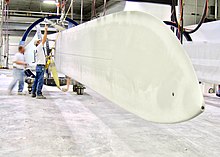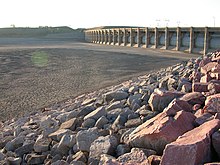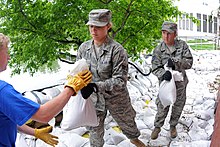
Climate change in Alabama encompasses the effects of climate change, attributed to man-made increases in atmospheric carbon dioxide, in the U.S. state of Alabama.

Climate change in Arkansas refers to the effects of climate change attributed to man-made increases in atmospheric carbon dioxide in the state of Arkansas.

Climate change in Delaware encompasses the effects of climate change, attributed to man-made increases in atmospheric carbon dioxide, in the U.S. state of Delaware.

Climate change in Georgia encompasses the effects of climate change, attributed to man-made increases in atmospheric carbon dioxide, in the U.S. state of Georgia.
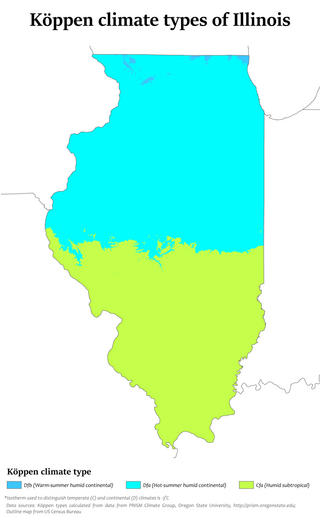
Climate change in Illinois encompasses the effects of climate change, attributed to man-made increases in atmospheric carbon dioxide, in the U.S. state of Illinois.

Climate change in Indiana encompasses the effects of climate change, attributed to man-made increases in atmospheric carbon dioxide, in the U.S. state of Indiana.

Climate change in Iowa encompasses the effects of climate change, attributed to man-made increases in atmospheric carbon dioxide, in the U.S. state of Iowa.

Climate change in Kansas encompasses the effects of climate change, attributed to man-made increases in atmospheric carbon dioxide, in the U.S. state of Kansas.

Climate change in Kentucky encompasses the effects of climate change, attributed to man-made increases in atmospheric carbon dioxide, in the U.S. state of Kentucky.

Climate change in Louisiana encompasses the effects of climate change, attributed to man-made increases in atmospheric carbon dioxide, in the U.S. state of Louisiana.

Climate change in Michigan encompasses the effects of climate change, attributed to man-made increases in atmospheric carbon dioxide, in the U.S. state of Michigan.

Climate change in Minnesota encompasses the effects of climate change, attributed to human-caused increases in atmospheric carbon dioxide, in the U.S. state of Minnesota.

Climate change in Mississippi encompasses the effects of climate change, attributed to man-made increases in atmospheric carbon dioxide, in the U.S. state of Mississippi.
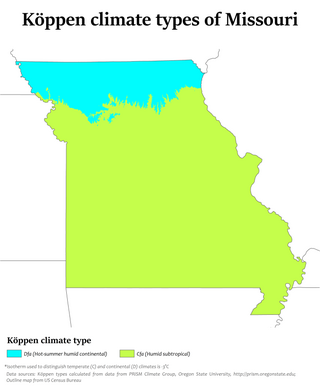
Climate change in Missouri encompasses the effects of climate change, attributed to man-made increases in atmospheric carbon dioxide, in the U.S. state of Missouri.

Climate change in Nebraska encompasses the effects of climate change, attributed to man-made increases in atmospheric carbon dioxide, in the U.S. state of Nebraska.
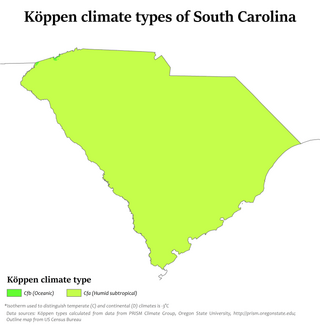
Climate change in South Carolina encompasses the effects of climate change, attributed to man-made increases in atmospheric carbon dioxide, in the U.S. state of South Carolina.

Climate change in Tennessee encompasses the effects of climate change, attributed to man-made increases in atmospheric carbon dioxide, in the U.S. state of Tennessee.

Climate change in Vermont encompasses the effects of climate change, attributed to man-made increases in atmospheric carbon dioxide, in the U.S. state of Vermont.

Climate change in South Dakota encompasses the effects of climate change, attributed to man-made increases in atmospheric carbon dioxide, in the U.S. state of South Dakota.

Climate change in Pennsylvania encompasses the effects of climate change, attributed to man-made increases in atmospheric carbon dioxide, in the U.S. state of Pennsylvania.


